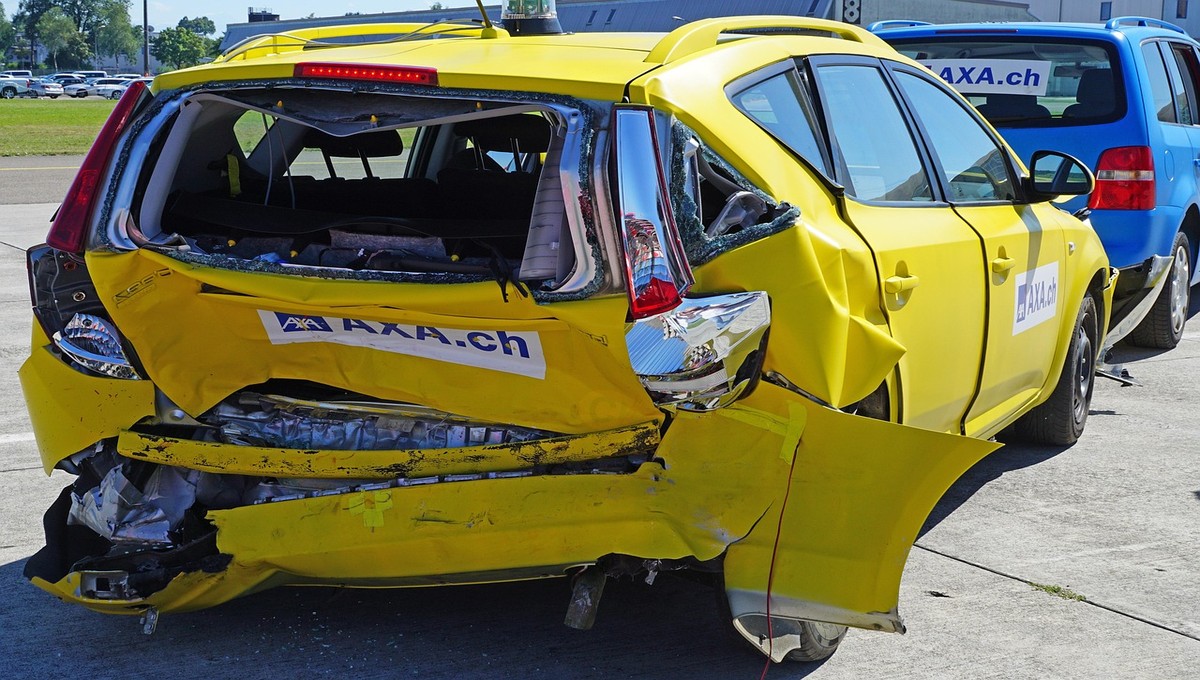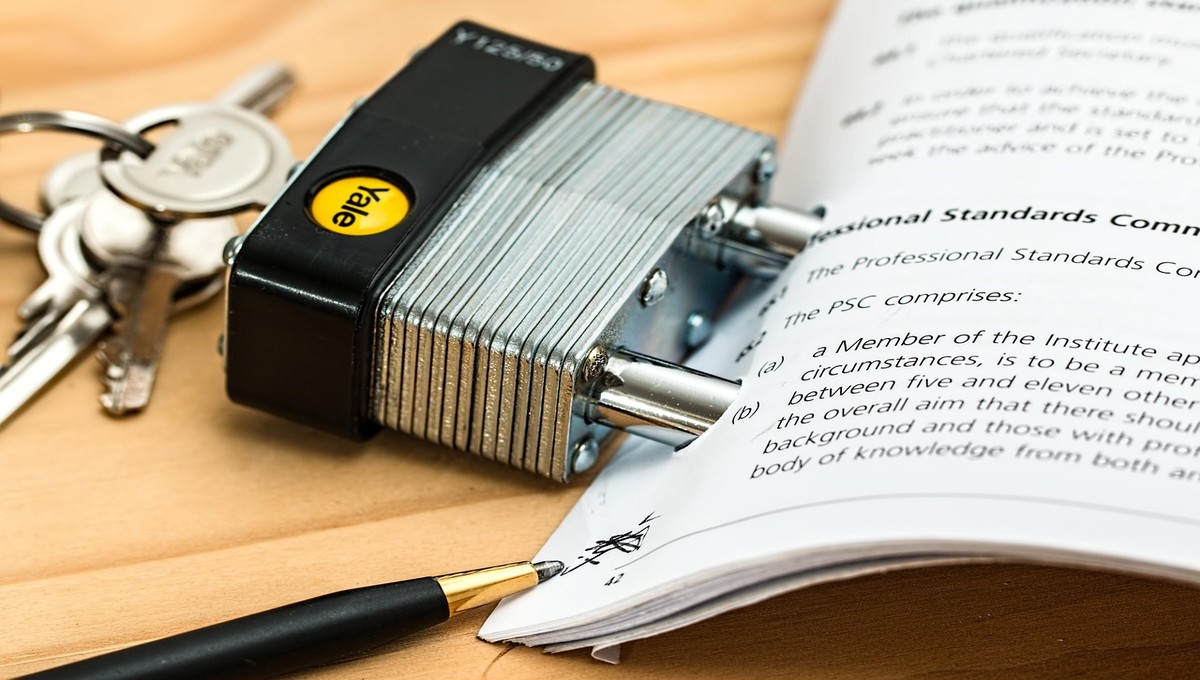
Deciding how to choose the best car insurance can be overwhelming, especially with so many coverage options and policy details. Many drivers rush through the process, only to realize later that they missed out on better rates or essential protections. Understanding common mistakes can save you money and stress in both the short and long term.
Car insurance isn’t just a legal requirement—it’s also a financial safety net. Knowing what to avoid when shopping for a policy empowers you to make smarter, more confident choices.
Context: Why This Matters
Choosing the right car insurance is a major financial decision with long-lasting consequences. Selecting the wrong policy can mean overpaying, being underinsured, or facing unexpected expenses after an accident. In the world of personal finance, how to choose the best car insurance is about balancing cost, coverage, and peace of mind.
Mistakes in this process can lead to higher premiums, denied claims, or gaps in protection. With changing regulations, technology, and driving habits, making the right choice is more important than ever for your wallet and your well-being.
Methodology
This guide is organized around the most frequent mistakes drivers make when selecting car insurance. Each section highlights a scenario, explains the risks, and provides actionable takeaways to help you avoid costly errors.
The criteria for including each mistake are:
– Financial impact (40%)
– Frequency among drivers (30%)
– Long-term consequences (20%)
– Ease of prevention (10%)
Sources for these insights include:
– Major insurance providers’ educational resources
– Consumer Finance Protection Bureau
– National Association of Insurance Commissioners
The Biggest Mistakes Drivers Make When Choosing Car Insurance
Focusing Only on Price, Not Coverage
Imagine you’re comparing policies and your eyes go straight to the cheapest option. It’s tempting to select the lowest premium—but is it really the best choice?
Many drivers prioritize saving a few dollars each month, overlooking crucial aspects like liability limits, comprehensive coverage, or uninsured motorist protection. When an accident happens, inadequate coverage can leave you with significant out-of-pocket costs.
Key facts:
– Lower premiums often mean higher deductibles or less coverage.
– Minimum state requirements may not fully protect you.
– Higher liability limits can save you thousands in the long run.
Authoritative sources: Consumer Financial Protection Bureau, NAIC
“Don’t just shop by price—make sure you’re comparing coverage apples to apples.”
Not Comparing Multiple Quotes
You receive a quote from your current provider and assume it’s competitive. But did you know that rates can vary widely between insurers for the same driver profile?
Failing to shop around means you could be missing out on better deals or discounts. Online tools and independent agents make comparison easier than ever.
Key facts:
– Premiums for identical coverage can differ by hundreds of dollars per year.
– Loyalty discounts don’t always outweigh new customer offers.
– Comparison shopping can take as little as 30 minutes.
Authoritative sources: Insurance Information Institute, NerdWallet
“Always compare at least three quotes before making a decision.”
Ignoring Policy Exclusions and Fine Print
You think you’re covered, but when you file a claim, you discover an exclusion you hadn’t noticed. Maybe your rental car isn’t included, or your personal belongings aren’t protected.
Not reading the details can result in unpleasant surprises—and denied claims.
Key facts:
– Exclusions vary dramatically between insurers.
– Some policies don’t cover rideshare driving or aftermarket parts.
– Always ask for a sample policy before signing.
Authoritative sources: NAIC, Insurance Information Institute
“Carefully review what’s NOT covered to avoid gaps in protection.”
Overlooking Available Discounts
You might qualify for savings you never knew about—safe driver, bundling, student, or even telematics programs. Not asking about available discounts is leaving money on the table.
Insurance companies offer a range of incentives to reward good driving habits or customer loyalty.
Key facts:
– Discounts can reduce premiums by 10–25%.
– Bundling home and auto policies is often the biggest saver.
– Programs for low-mileage drivers are growing in popularity.
Authoritative sources: Insurance Information Institute, NerdWallet
“Ask about every possible discount—you might be surprised at what you qualify for.”
Neglecting to Update Coverage as Life Changes
Life doesn’t stand still. Whether you move, buy a new car, or add a driver, your insurance needs change. Forgetting to review your policy after major life events can mean you’re overpaying or underinsured.
Regular reviews ensure your coverage keeps pace with your circumstances.
Key facts:
– Major life events often change your risk profile.
– Updating your policy can trigger new discounts or requirements.
– Annual policy reviews are best practice.
Authoritative sources: Consumer Financial Protection Bureau, NAIC
“Treat your insurance like a living document—update it as your life evolves.”
What Comes Next
Choosing the right car insurance is more than a one-time task—it’s an ongoing part of sound financial management. As technology advances and insurers roll out new products, the landscape continues to shift. By staying informed and avoiding these common mistakes, you’ll be better prepared to protect both your finances and your peace of mind.
Remember: how to choose the best car insurance comes down to understanding your needs, comparing options, and asking the right questions. Don’t hesitate to consult with experts or use reputable online tools. The right policy today could save you from unexpected expenses tomorrow.
As regulations and market offerings evolve, keep reviewing your coverage and stay proactive. Making informed decisions now will pay off the next time you’re on the road.



